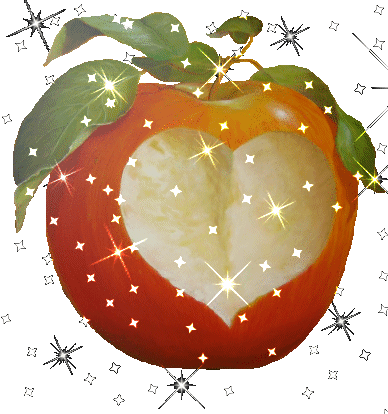
Then you should select all the remaining frames and increase their duration to compensate for the loss of frames. You can also reduce the GIF size if you reopen the exported GIF back into Photoshop and delete every second or third frame from the Timeline panel. If you decide to further reduce the GIF size in Photoshop, you can still do it here. Notice that the animation options will appear in the bottom right corner of the dialog box. My favorite thing about this workflow is that we don't have to do any conversion on the Timeline panel to be able to save a frame animation, as the Save for Web dialog box will do the work for us once you select the GIF file format as your output. You can find it by going to File > Export > Save for Web or by pressing Alt-Shift-Control-S. Your video layer will have to be turned into a Smart Object if you reduce the GIF size, but you don't have to worry about this-it won't affect our workflow at all.Īnother option to reduce GIF size in Photoshop is the "Save for Web" function. You can either reduce the GIF image file size by going to Image > Image Size or by hitting Alt-Control-I.

Turn on the Loop option and try to find a good place to trim your video. Most of the time, you won't need the whole sequence for the GIF animation, so you can trim the video by going to Window > Timeline.
#HOW TO EXTRACT IMAGES FOR GIFS ON MAC MAC OS X#
Modern versions of Mac OS X will have both, which means you can pick either to convert the image to a new format as desired.First of all, you'll need to open the video file with Photoshop. Whether you’re converting a single image file or multiple, the feature exists in all versions of Mac OS X, the only difference other than superficial appearance of the Preview app itself, is whether you will be using the “Export” feature or the “Save As” feature. One thing to keep in mind is that if you’re going to be performing an image file conversion of many files to the same file type, let’s say a large group of PNG files that all need to become JPEG, you can perform a batch image format conversion as described here, which is a much faster and more efficient way to handle a large selection of images. It’s a good idea to save your files to somewhere easy to find. Save the file as usual to discover the newly converted version in the destination you chose.Select the file format to change the image file to, to see different image file formats in Preview, hold the Option key when selecting the Format menu and you will see additional options for file type.From the File menu, you will notice “Save As” is hidden by default, so you can choose “Export” instead.Open the image to convert into Preview as usual.Preview still maintains the ability to convert pictures, but macOS Mojave, Catalina, High Sierra, El Capitan, Sierra, OS X Lion, Mountain Lion, OS X Mavericks, and OS X Yosemite, are slightly different in a few ways regarding how this procedure is handled: Converting Images in MacOS Mojave, High Sierra, Sierra, Mac OS X Lion, Mountain Lion, Mavericks, Yosemite onward As long as the image format is supported by Preview, it will convert it to any other supported file format. Preview.app supports a wide range of image conversions: GIF to JPG, JPG to GIF, PSD to JPG, JPG to PDF, JPG to BMP, BMP to JPG, BMP to GIF, PNG to GIF, JPG to PNG, TIFF to JPG, and just about every other variation between these and more. The above process will hold true regardless of the origin images file format and the desired file format. You can repeat this process with other image files as necessary. Click “Save” to save and convert the image to the new format.

#HOW TO EXTRACT IMAGES FOR GIFS ON MAC HOW TO#
How to Convert Image File Formats in Mac OS X with Preview


 0 kommentar(er)
0 kommentar(er)
